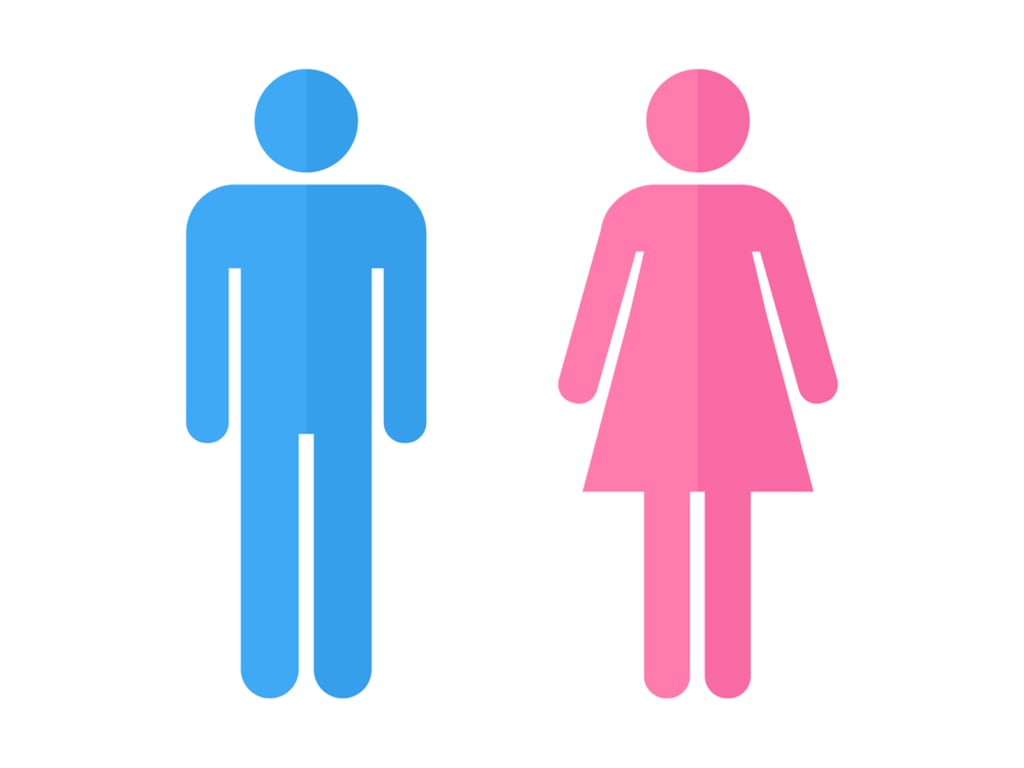
Gender specific therapy can help men and women overcome their addictions. It can also help minimize co-dependency, reduce distractions, and create a stronger bond with clients of the same gender. In co-ed residential treatment centers, young men and women may form romantic relationships while undergoing treatment. But gender specific programs focus on individual recovery.
Men and women benefit from same-sex therapy
Often times, men and women have different sexual needs. In order to address these different needs, they might seek help from a therapist or pastoral counsellor. In many cases, they may also participate in a group therapy program. These sessions help both men and women develop positive sexual relationships.
Working with LGBTQ couples requires special sensitivity and empathy. It is important to recognize that these individuals face various emotional and psychological challenges. Many of these people do not receive support from family or clergy and may feel that their relationship is illegitimate. Therapists must help couples overcome these challenges, communicate effectively and forgive each other for their mistakes.
It minimizes co-dependency
Gender Specific Therapy is a form of counseling that focuses on the needs of men and women. The program works to create an environment that is supportive and effective for both sexes. Men and women are fundamentally different, and gender-specific therapy focuses on those differences. During treatment, each partner is given an individual treatment plan to meet their needs.
Co-dependency affects both sexes and is a learned behavior. It can be passed from generation to generation and can inhibit a person's ability to build a healthy and rewarding relationship. It is also known as relationship addiction. Those with this disorder are likely to form and maintain abusive and emotionally damaging relationships. This disorder is a symptom of an underlying family system problem.
It reduces distractions
Gender Specific Therapy for addiction helps people focus more on the actual treatment and recovery process. In a co-ed environment, there is a tendency to develop romantic relationships, which can be distracting and take the patient's attention away from the real goal of treatment. By pairing women with women, these distractions are reduced, allowing women to focus on their recovery without feeling the need to impress the opposite sex.
Another benefit of Gender Specific Therapy is its ability to remove barriers caused by gender performance expectations. Many people find it difficult to discuss gender-specific topics with their peers, which can be distracting. It can also provide a safe environment for men and women to explore difficult topics.
It promotes bonding among same-sex clients
Gender Specific Therapy is a treatment option that addresses gender-specific issues and encourages bonding among same-sex clients. The therapy has many similarities with conventional heterosexual therapy, but differs in its focus. Clients who undergo GST are typically referred by healthcare providers or government agencies. It is important to understand the unique needs of same-sex clients and the benefits of gender-specific therapy.
It removes barriers to treatment
Several major medical organizations have recently enacted new limits on treatments for young people. Sweden, for example, has limited access to hormones and puberty suppressants before young people reach the age of 18. These restrictions were in response to a public television documentary in Sweden alleging that doctors had attempted to conceal spinal damage in a young patient.
The controversy over gender-related medical treatment has a complicated history. It all started when conservative politicians turned a sensitive issue into political dynamite. The Family Policy Alliance and Heritage Foundation, two organizations that oppose transgender youth, lobbied against gender-specific medical care. These organizations also helped draft model legislation that effectively banned gender-specific treatment.





Comments
There are no comments for this story
Be the first to respond and start the conversation.